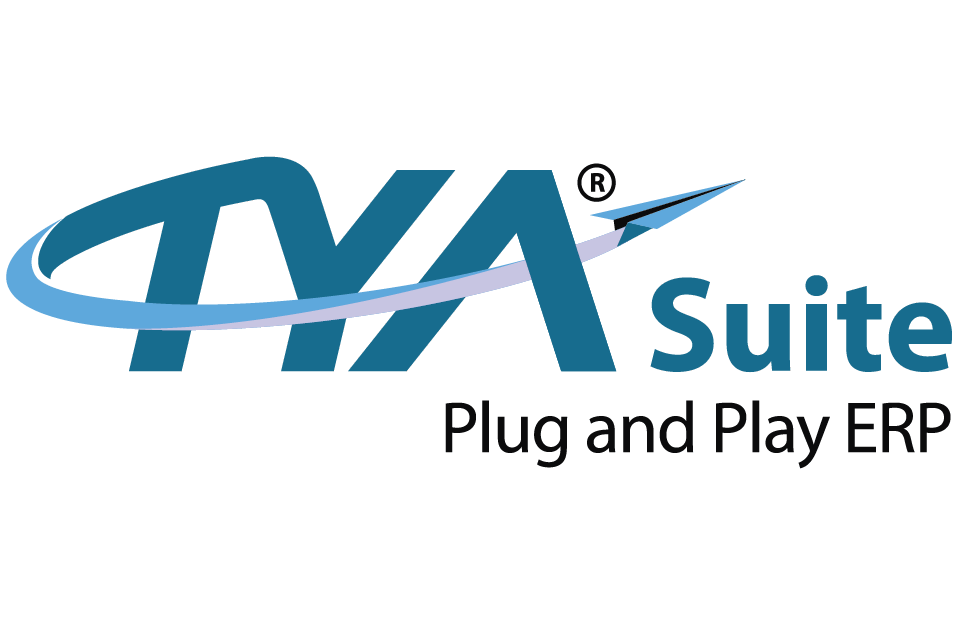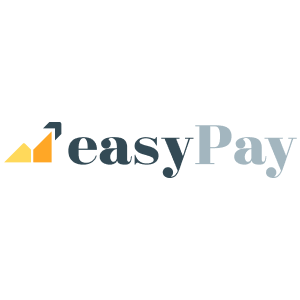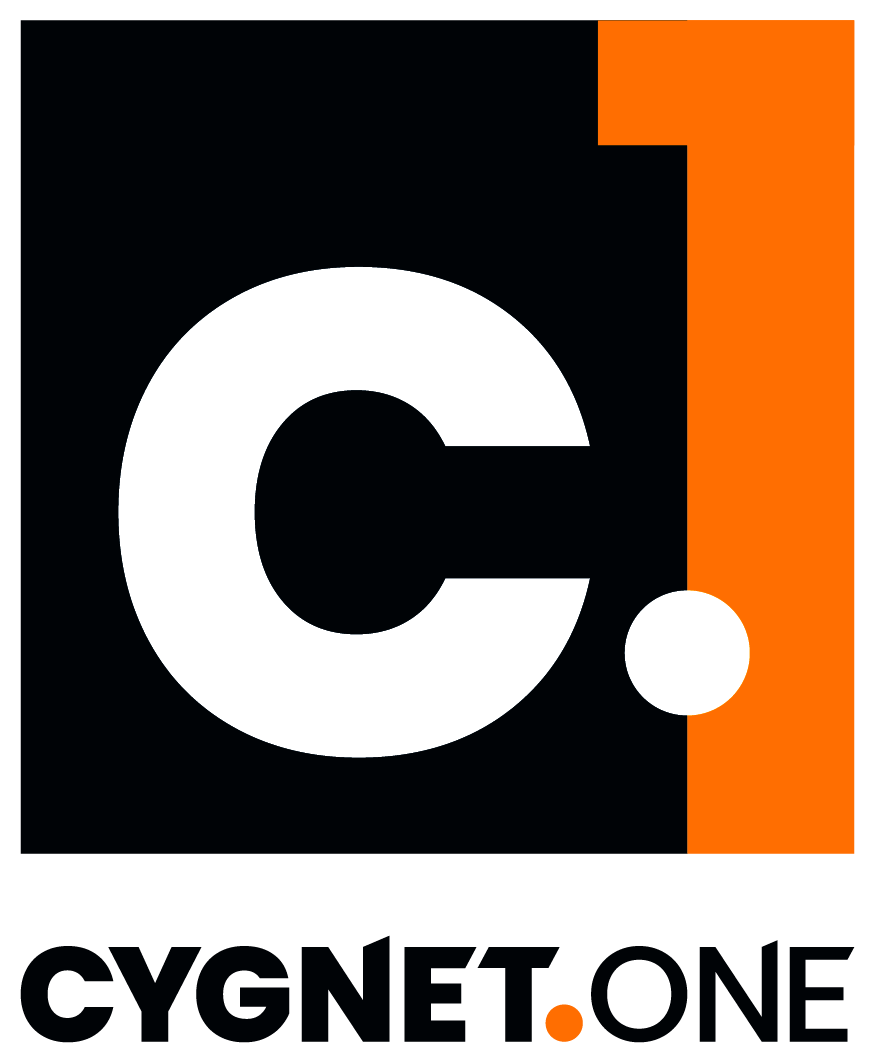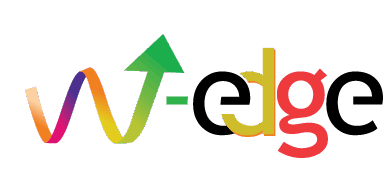What Is E-Invoicing Software?
The process of preparing, sending, receiving, and managing invoices digitally is referred to as electronic invoicing, or E-Invoicing. Invoices were formerly created on paper and sent by mail or in person, which frequently led to missed payments, mistakes made by people, and higher administrative expenses. By enabling companies to automate the complete invoicing process, from creation to payment, E-invoicing software seeks to expedite this procedure.
The ability to exchange data electronically (EDI) is a crucial component of E-invoicing software. This eliminates the need for manual data entry and lowers the possibility of human error by enabling the customer and seller to exchange invoices and related payment information in a smooth manner. The capacity of e-invoicing software to interface with accounting and enterprise resource planning (ERP) systems is another crucial feature.
A more accurate and current picture of the company's financial health is made possible by the automatic synchronization and real-time updates of financial data made possible by this. Additionally, E-invoicing software provides editable invoice templates, enabling companies to personalize their invoices and keep a polished appearance. Additionally, a lot of software options support many languages and currencies, which makes them perfect for companies with international operations.
E-invoicing software streamlines the invoicing process and provides features like invoice monitoring, early payment discounts, and automated payment reminders. These assist companies in enhancing their cash flow and cutting down on the time and resources required for collections. Last but not least, e-invoicing software offers strong security features to safeguard private financial information.
This covers data encryption, safeguarding against phony invoicing, and adhering to legal and tax requirements. All things considered, Ee-invoicing software provides companies with an economical and effective way to handle the invoicing process. Businesses can increase cash flow, decrease errors, and concentrate on core functions by automating tedious procedures and offering real-time insights. With so many options on the market, companies can select the one that best suits their requirements and financial constraints.
What Are The Recent Trends In E-Invoicing Software?
E-invoicing software has grown in popularity recently among companies trying to optimize their invoice management procedures. Businesses may handle their money more easily and effectively thanks to this kind of software, which automates the entire invoicing process from creation to payment. The use of cloud-based solutions is one of the most recent developments in e-invoicing software.
It only makes sense to have their invoicing process in the same setting as more companies move their operations to the cloud. Numerous advantages are provided by cloud-based e-invoicing software, including accessibility from any location, automatic updates, and lower IT expenses. The incorporation of machine learning (ML) and artificial intelligence (AI) capabilities is another trend in e-invoicing software.
By automating manual processes like data entry and validation, these solutions lower human error and expedite the production of invoices. To improve security and transparency in the invoicing process, e-invoicing software is integrating Blockchain technology in addition to AI and ML. Businesses can lower the risk of fraud and errors by utilizing a decentralized ledger to guarantee the authenticity and immutability of their invoices.
With more people conducting business on their mobile devices, mobile e-invoicing is likewise becoming more and more popular. The ability to generate, submit, and approve invoices while on the go is a useful feature for businesses, especially as the use of smartphones and tablets grows. Lastly, small and medium-sized businesses (SMBs) are increasingly using electronic invoicing.
SMBs may now profit from automation and streamline their invoicing procedures, just like larger organizations, thanks to the growing availability and affordability of e-invoicing software. All things considered, current e-invoicing software trends point to a shift toward increased automation, effectiveness, and accessibility. Businesses may increase the accuracy and security of their invoicing procedures while saving money and time by implementing these innovations.
Benefits Of Using E-Invoicing Software
Since e-invoicing software enables effective, automated invoice processing, it has rapidly become indispensable for companies of all sizes. It offers several other advantages that can significantly improve a business's bottom line in addition to streamlining the invoicing process. Here are some important advantages to consider if you're thinking about introducing e-invoicing software for your company:
1. Enhanced Efficiency: The efficiency boost that e-invoicing software offers is among its most important advantages. Businesses must manually create, mail, and process invoices for several hours when using manual invoicing procedures, which can result in mistakes and delays. By automating these processes, e-invoicing software removes the need for human input and lowers the possibility of human error.
2. Cost Savings: Businesses can save a lot of money by implementing E-invoicing software. Physical invoices, stamps, and envelopes all of which might accumulate over time are no longer necessary thanks to automated procedures. Additionally, it eliminates the need for extra employees to handle and process bills, freeing up resources for other important duties.
3. Quicker Payment Processing: By streamlining the invoicing procedure, e-invoicing software speeds up the processing of payments. The electronic transmission of invoices reduces the time it takes for the client to receive and pay them. By doing this, companies can increase cash flow and cut down on the time they spend pursuing past-due payments.
4. Increased Accuracy: As previously indicated, manual invoicing procedures may result in mistakes, which can be expensive for companies. By automating the process, e-invoicing software reduces the possibility of human error, guarantees correct invoices, and lessens the need for dispute settlement.
5. Improved Security: Sensitive financial data is safeguarded by the improved security features that e-invoicing software provides. Businesses can rest easy knowing that their invoicing process is safe thanks to features like encrypted communication channels, password protection, and secure data storage.
6. Improved Data Management: All invoicing information is kept in a central database with e-invoicing software, which makes it simply accessible and well-structured. Better analysis and reporting are made possible by this, giving companies important information about their invoicing procedures, including payment patterns and areas for development. Businesses can benefit from e-invoicing software in many ways, including better data management and security, cost savings, and increased efficiency. Businesses can improve their bottom line and concentrate on other important duties by simplifying the invoicing process. Therefore, purchasing e-invoicing software is a wise choice if you want to enhance your invoicing procedure.
Important Factors To Consider While Purchasing E-Invoicing Software?
To make an informed choice, there are a number of crucial considerations to make when thinking about buying e-invoicing software. Cost, features, usability, customer service, and compatibility with current systems are some of these considerations. First and foremost, a thorough assessment of the e-invoicing software's price is necessary. Even though a cheaper price could appear alluring, it's crucial to take the software's long-term expenses and possible return on investment into account.
Furthermore, some suppliers could provide a free demo or trial so that customers can try the program before committing. The next important step is to go over the e-invoicing software's features in detail. Features like configurable templates, automated payment reminders, and accounting software connections may vary throughout providers.
It's critical to determine which features are most crucial for your company and select software that can fulfill those requirements. Another crucial consideration when buying e-invoicing software is ease of use. Both clients and staff can save time and hassle with an intuitive design and user-friendly interface. To gauge how user-friendly the software is, it could be helpful to read reviews or ask for a demo.
Another important consideration is customer service. Choosing a service that offers dependable and easily accessible customer care is crucial because questions and problems will inevitably come up when using the software. This could include choices for online resources, phone help, or a personal account manager. Lastly, compatibility with current systems needs to be thoroughly assessed.
This involves taking data security precautions and the software's compatibility with other company systems into account. Long-term time and resource savings can be achieved by selecting software that integrates easily with current procedures.
What Are The Key Features To Look For In E-Invoicing Software?
To make sure you are making an informed choice, there are a few important aspects to consider when looking at E-invoicing software for your company. These features will improve your invoicing procedures' accuracy and efficiency while also giving you and your clients a better overall experience.
1. Automated Invoicing: Seek out electronic invoicing software that provides invoice creation, transmission, and payment status tracking automation. By doing away with the necessity for manual data entry, this function saves you time and lowers the possibility of mistakes.
2. Customization Options: Every company has different demands when it comes to invoicing. Verify that the software enables you to add your company's logo, color palette, and terms of payment to your invoices. This customisation can enhance your business identification and leave a positive impression on your customers.
3. interaction Capabilities: A successful workflow depends on a seamless interaction with your current accounting or CRM software. This makes it possible for data to sync automatically, which lowers the possibility of duplicate entries and guarantees accurate record keeping.
4. Payment Options: Your E-invoicing software should provide your customers with a variety of payment methods, including bank transfers, credit cards, and online payment portals. This can lead to quicker and more dependable payments by allowing your clients to select the payment method of their choice.
5. Real-Time Tracking: Effective cash flow management requires the capacity to monitor the status of your bills in real-time. To take the necessary action, look for software that lets you know when an invoice has been viewed, paid, or is past due.
6. Multi-Currency Support: Having E-invoicing software that supports several currencies is essential if you conduct business worldwide. In addition to ensuring proper conversions and currency rates, this tool will save you time and hassle when working with clients from other countries.
7. Security: Given the increase in cybercrime, selecting e-invoicing software that places a high priority on security is crucial. To safeguard both your financial information and that of your clients, look for software that has features like data encryption, frequent backups, and secure servers. You may locate an e-invoicing program that fits your company's unique requirements and aids in streamlining and enhancing your invoicing procedures by taking into account these important characteristics. Spend some time evaluating several software solutions, then select the one that best suits your needs as a business and your budget.
Why Do Businesses Need E-Invoicing Software?
To increase overall productivity, save time and money, and expedite the invoicing process, businesses require e-invoicing software. Human error is likely to occur when using traditional manual invoicing systems, which can result in delays, erroneous invoices, and payment disputes. However, the entire procedure is automated by e-invoicing software, which lowers the possibility of mistakes and increases accuracy.
Additionally, E-invoicing software makes the invoicing process quick and easy by providing features like electronic signatures, automated payment reminders, and editable templates. Additionally, it gives companies access to historical data, real-time payment notifications, and invoice status tracking, all of which help them make wise financial decisions.
Additionally, by lowering paper use and encouraging a paperless workplace, E-invoicing software supports sustainability. Additionally, it minimizes the possibility of fines and penalties by guaranteeing adherence to tax and regulatory regulations. All things considered, E-invoicing software offers companies a safe, efficient, and affordable way to handle their invoicing requirements. It is a worthwhile investment for any business since it increases cash flow, lessens administrative strain, and boosts customer satisfaction.
How Much Time Is Required To Implement E-Invoicing Software?
The software in question, the size of the company, and the intricacy of the invoicing procedures can all affect how long it takes to adopt e-invoicing software. Implementing e-invoicing software typically takes three to six months, while there are a number of variables that can cause this to happen sooner or later. Above all, it's critical to remember that effective e-invoicing software adoption necessitates careful planning and preparation.
Usually, this entails identifying important stakeholders, establishing goals and deadlines, and evaluating the present invoicing procedures to find areas that require improvement. The real implementation phase, which entails configuring the software and integrating it with the current tools and systems, comes next. Depending on the software's complexity and the degree of modification needed, this could take a few weeks to several months.
To guarantee a successful and effective installation, constant collaboration with the software vendor is essential throughout this stage. Testing and training come next after the program has been installed and configured. This include training staff members on the proper usage of the software and executing test scenarios to make sure it is operating as intended.
Although this phase's length might also vary, it is important to allow adequate time to guarantee that staff members are at ease and knowledgeable about the new system. At last, the program can be formally made available for the entire company to utilize. As staff members become used to the new procedures and software, this could take a few weeks to several months, depending on the size of the company.
What Is The Level Of Customization Available In E-Invoicing Software?
A variety of customization options are available in e-invoicing software to meet the unique requirements of enterprises. The software vendor and the platform's characteristics determine the degree of customisation that is possible. We will go into the specifics of the customization choices in e-invoicing software and how they might help your company in this buyer's guide.
1. Customization Of Branding And Design: You may add your own logo, color scheme, and design to your invoices using e-invoicing software. By strengthening your brand identity, this function assists your company in projecting a polished and unified picture throughout all of your invoices.
2. Customized Invoice Templates: Companies can design unique invoice templates that meet their demands using e-invoicing software. You can modify the layout, add more fields, and add information specific to your business to the template. Businesses with unique invoicing needs, including various payment terms or varied tax rates, would find this tool very helpful.
3. Accounting Software Integration: The majority of e-invoicing programs easily interface with accounting programs like FreshBooks, Xero, or QuickBooks. By synchronizing your accounting and invoicing data, this integration makes it simpler to monitor spending, keep track of payments, and provide financial reports without requiring manual data entry.
4. Automated Processes: Software for electronic invoicing provides automated processes that can be tailored to your company's unique invoice approval procedure. This feature increases productivity and saves time by doing away with manual activities and streamlining your billing process.
5. Support For Multiple Languages And Currencies: E-invoicing software gives companies with international operations the ability to alter the invoices' language and currency. By enabling companies to bill clients in the currency of their choice, this feature enhances client satisfaction and streamlines cross-border transactions.
6. Personalized Communication: By including unique notes or messages on the invoices, e-invoicing software enables companies to customize their communications with customers. This functionality can be utilized to advertise other goods or services and strengthens ties with clients.
Which Industries Can Benefit The Most From E-Invoicing Software?
Electronic invoicing software is a digital solution that streamlines and automates the invoicing process for businesses of all sizes. It is a powerful tool that can benefit a range of industries, from startups to large organizations. However, the use of an electronic invoicing system can benefit some industries even more. This buyer's guide will discuss which companies stand to benefit the most from e-invoicing software and why.
1. Retail And E-Commerce Sector: This industry has a high transaction volume and works with a large number of suppliers and customers. The billing process becomes more complicated and time-consuming as a result. E-invoicing software can help these businesses by automating all of the processes, from drafting invoices to sending them to clients via email and collecting payments. It also makes effective cash flow management possible and provides real-time payment tracking.
2. Healthcare Industry: Because it involves several parties, such as patients, insurance companies, and hospitals, the invoicing process is prone to errors and delays. E-invoicing software helps simplify the billing process by automating it and integrating all the data. By ensuring that the claims are accurate and compliant with industry standards, it also reduces the likelihood of payment delays.
3. Manufacturing industry: A complex supply chain is created by transactions involving multiple suppliers and partners in the manufacturing industry. E-invoicing software can help these businesses by automating the entire invoicing process and integrating with their existing ERP systems. As a result, payment processing is faster, more efficient, and there are less manual errors.
4. Professional Services Sector: This industry, which includes accounting, law, and consulting firms, relies heavily on invoices as a source of revenue. E-invoicing software can help these businesses by automating the invoicing process and providing real-time tracking of billable hours. This ensures correct billing and quick payments in addition to saving time.
Conclusion
We can state with confidence that any firm would be sensible to invest in e-invoicing software after conducting extensive study and analysis. It is a useful tool for any firm trying to enhance its financial management because of its many advantages, which include simplifying invoicing procedures, lowering manual errors, and increasing overall efficiency. It's critical to evaluate your unique business demands and objectives while selecting the best e-invoicing software.
To make sure the program meets your needs, take into account elements like pricing, integration potential, scalability, and customization options. To assist your staff use the software efficiently, choose a trustworthy and dependable vendor or supplier that provides first-rate customer service and training. Remember that even though the initial investment can appear high, the savings and long-term advantages will exceed the expenditures.
To sum up, e-invoicing software has developed into a vital resource for companies of all kinds and sectors. It is a worthwhile investment that can significantly help your company because of its capacity to optimize procedures, cut expenses, and enhance overall financial management. You can guarantee a successful and seamless installation for your company by carefully weighing your options for software and selecting a reliable supplier.






















